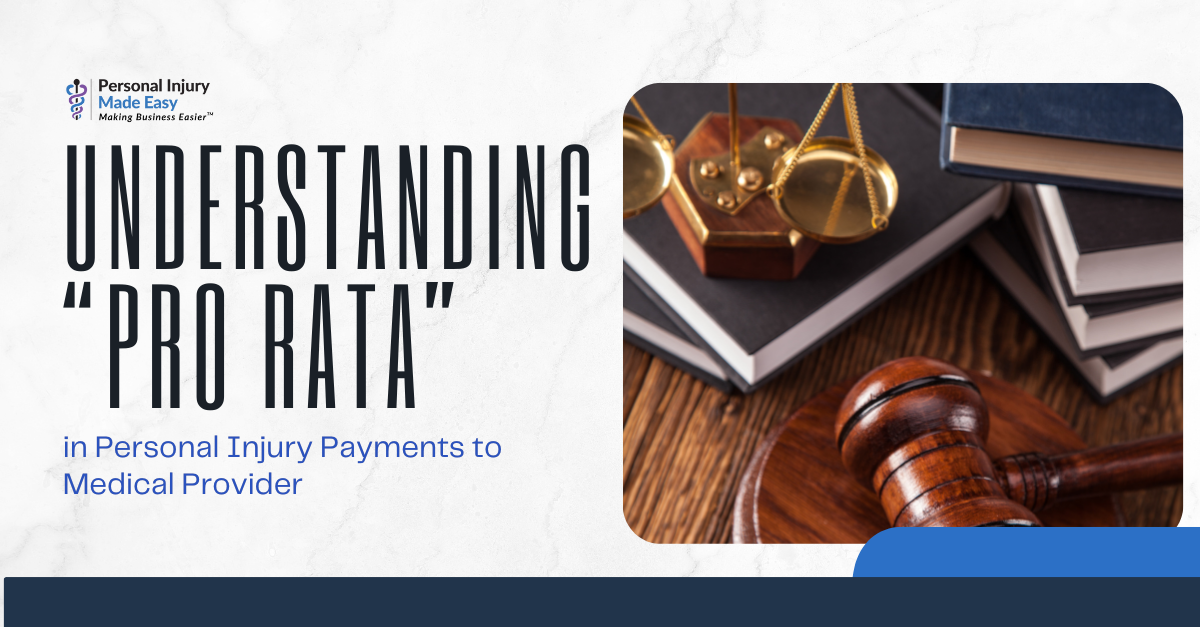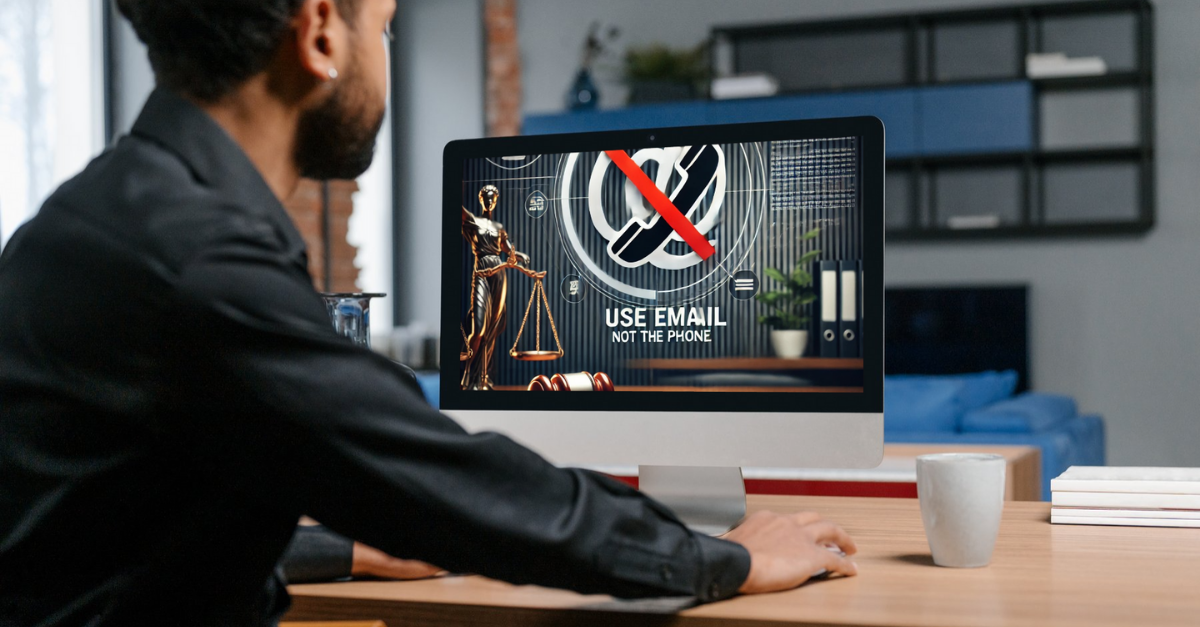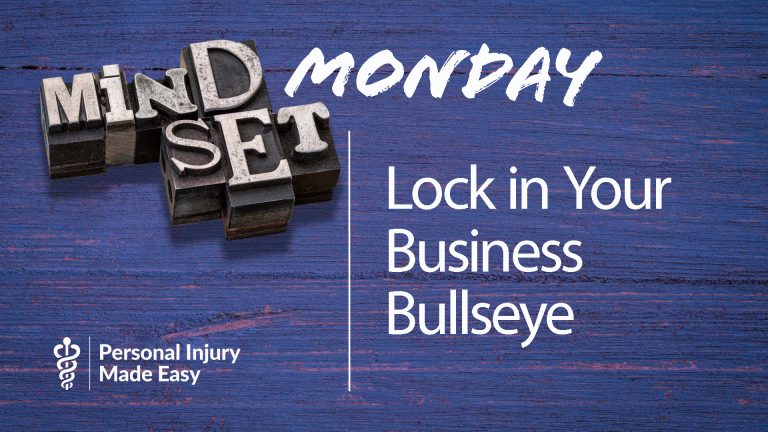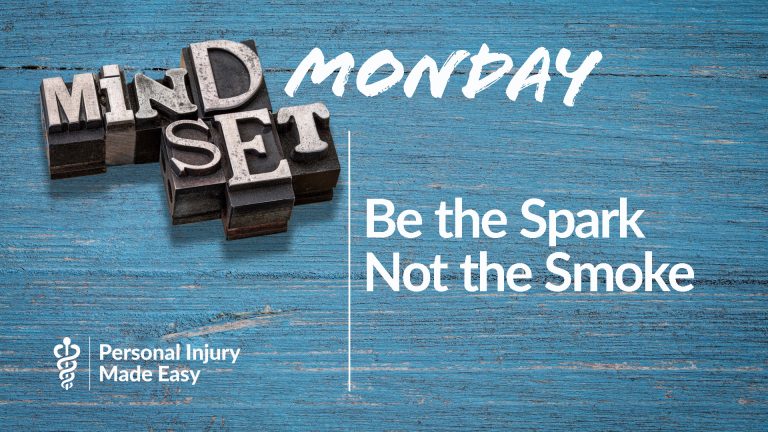Do You Know About the No Surprises Act?
And are you complying, or do you face stiff ramifications and loss of billings?
In what might be interpreted as good news, the feds will delay enforcement of certain provisions of the No Surprises Act (NSA). But pain physicians should pay attention to this new law and prepare themselves nonetheless. After all, you never know how soon until the government flips on the enforcement switch.
Beyond that, enforcement in all other aspects of the NSA remains in force, complicating what is already the biggest issue for the small medical practice: patient disputes that could eliminate your entire bill.
The safest bet? Get the knowledge you may be lacking on the NSA, comply with the current requirements, and start putting in place the processes you will need to be both protected and best positioned to not lose those important, well-earned billings!
This article will answer five questions that pain physicians might have:
- What is the No Surprises Act, and who does it apply to?
- How does the NSA work in cases of multiple specialties?
- Is there anything positive about the NSA?
- What are the ramifications of failing to comply?
- What should pain physicians do right now to better prepare?
What is the No Surprises Act?
The NSA is legislation that went into effect in January of 2022 (last year) as part of Congress’s plan to address balanced billing problems and prevent surprise medical bills. Medical debt is the highest debt consumers face, and with so many consumers surprised by medical bills, as an industry we must acknowledge that the trust between the public and the medical industry is broken. The industry failed to take personal initiative to solve the problem, so the government has now stepped in to require, among other things, a “good faith estimate,” or GFE. When the NSA applies, pain physicians are required to be fully transparent regarding the scope, duration, and cost of healthcare services in advance of care. This prevents surprise bills and allows the patient the option to shop for more affordably priced care.
If you are a licensed or certified healthcare provider, the NSA applies to you when treating patient who are uninsured or “self-pay.” This generally includes patients:
- Who do not have health insurance, also known as “the uninsured.”
- Who have insurance but choose not to use it. If you work in personal injury, the NSA likely applies to patients you take on medical lien, even if they have Personal Injury Protection (PIP). After all, a patient’s lawsuits is never guaranteed to prevail, nor can the patient be certain PIP will cover their bills.
- Whose insurance will not cover 100 percent of the bill. These are considered self-pay patients because they may have to pull money out of their own pocket (other than for co-pays). That said, the NSA doesn’t apply to Medicare, Medicaid, Indian Health Services, Veterans Affairs Health Care, or TRICARE patients, which already have stringent anti balance billing protections.
The NSA went into effect January 1, 2022, but many medical providers have yet failed to comply.
How does the NSA work in cases of multiple specialists?
As a pain physician, your treatment is often coordinated with other medical specialists. Surgery, for example, often involves the surgeon, anesthesiologist, surgical center, and any post-surgical rehab specialists, such as physical therapists, chiropractors, acupunctures, or mental health professionals.
So who provides the GFE?
The “convening” provider or facility is responsible, meaning the provider or facility with whom the patient scheduled the visit for the primary need. This can be confusing, and it might later involve finger-pointing between providers. Therefore, the safest approach is this: if your office schedules patient visits, you should supply the patient with a GFE if a sufficiently advanced appointment was scheduled. When the NSA was passed, the government expected someone to play the lead and gather all the estimates of the various other providers and facilities (called co-providers and co-facilities) so the patient was presented with a single estimate.
You don’t need anyone to tell you how complicated this is. The government failed to realize the systems that needed to be in place for HIPAA compliance and privacy, as well as the inter-practice communication and cooperation required to have such a coordinated effort be accurate, protected, and compliant.
As a result, the government announced in December of 2022 that it would delay enforcement of the co-provider and co-facility requirement. This doesn’t mean to not gather and comply. It merely means the government won’t be instituting fines—yet.
Is there anything positive about the NSA?
A ton!
First, patients deserve billing transparency. You can comply with the NSA requirements to help bridge the trust gap that has grown between consumers and medical professionals. Your patients will be making more informed decisions, with less surprises, leading to more satisfied patients. That’s a good thing—for you, your patients, and the medical industry as a whole.
Here’s more good news: Some patient-specific reimbursement rates may increase when you are brought into a case as an out-of-network provider. In the past, you have probably grown accustomed to low insurance reimbursements in unique cases, even when you have unusual situations that justify higher rates. Legal challenges to the decisional standards used and clarifications issued by the Centers for Medicare and Medicaid Services (CMS) have finally presented the ability to seek an increase in your reimbursement rate, in warranted circumstances. This falls under the IDR (Independent Dispute Resolution) process that has been the primary focus of the current legal attacks involving the NSA.
In the end, and regardless of advantages, comply or risk the “or else,” which brings us to the fourth question …
What are the ramifications of failing to comply?
If you fail to comply, your patients could initiate a dispute, in which case you would be forced into the NSA’s Patient Provider Dispute Resolution process (PPDR). If the patient’s dispute is legitimate, and you ignored the NSA’s requirements, you could lose out on your entire bill.
And if you take personal injury patients on lien, failure to comply will likely also come with a host of threats from certain patient attorneys, who are often looking for ways to persuade medical providers to erase or accept pennies on the dollar. You will also run into some patients who, because of their own financial distress, seek to use the PPDR process to get monies they need for living expenses. As the country goes into a period of likely recession, the group of financially distressed patients will likely grow—so, too, will patients who enter the dispute process.
Expect, too, for the NSA to become a political talking point in the latter part of 2023 when the presidential campaigns start to take off. Those who pushed to pass the NSA will use it as a political banner that they are championing citizen’s rights. And if you think the government is going to let providers off the hook when consumers file disputes en masse after learning about the NSA and the patient dispute process, think again!
Finally, and most of all: What should pain physicians do to comply?
- Determine whether the NSA applies to your patient, and update your liens, LOPs, waivers, notices, consents, and forms accordingly. The NSA applies to all uninsured or self-pay patients, including a lot of your cash patients and most of your personal injury patients.
- Provide timely oral and written GFEs based upon when a patient schedules an appointment or upon request.
If the appointment was scheduled at least … | Then the estimate must be provided… |
At least 10 business days in advance, | No fewer than three business days before the appointment. |
At least three business days in advance, | No fewer than one business day before the appointment. |
- Make sure your GFE is compliant with the NSA’s requirements. You can download a GFE template from the Centers for Medicare & Medicaid Services website here. Err on the side of full, detailed transparency on what you in “good faith” belief is for that patient’s treatment for the primary services over the course of a year.
- As noted earlier, if other specialists or facilities will be involved, and you are the lead convening provider, gather the GFEs for those co-providers and co-facilities. Start putting “convening provider” processes in place. While the government is delaying enforcement of this area for the present time, you shouldn’t wait to get systems in place. See how technology can help, and be willing to invest in vendors and system upgrades.
- Have the patient sign and date the GFE and any GFE updates. Though a patient’s signature isn’t a current NSA requirement, you should protect yourself from patients who later may deny your compliance.
- Institute an NSA tracking system. Track not just compliance but also the patient’s PPDR eligibility. To be eligible to dispute your bill, the GFE must be too low by at least $400, and the patient must initiate the PPDR process within 120 days of receipt of the actual bill. Track both. If a GFE is off by at least $400, update the GFE if you can. Even if you are off in your GFE, or if you failed to supply any GFE, you are likely safe from the PPDR process if you can prove 120 days has elapsed since the date the patient received the bill. Proving bill receipt then becomes potentially significant. And if you are in personal injury and only supplied your bill to the attorney, likely that won’t be considered receipt by the patient in my opinion.
- Correct mistakes as soon as you spot them, and certainly within 30 days. If a patient overpays, refund that payment with interest immediately.
In summary, pain physicians who get a jump on compliance now will be far better protected and positioned to withstand government enforcement and a PPDR avalanche that is sure to come as the NSA becomes more widely known among both consumers and attorneys. And remember: transparency of medical billing is a good thing. Instead of fighting it, get in front of it, lead the charge, and repair the distrust so you can treat more patients who so desperately need the skill and expertise you provide.
















